Posted by Chris Townsend | Dec 21, 2024 | Featured Stories | 0
By Chris Townsend
reprinted from the November-December Capitol Hill Citizen

They Cheerlead for the Dems, While New Organizing Slows to a Trickle
The trade and labor union organizations in the United States are in crisis. Some lie in virtual ruins. Today, this key working-class movement is largely a disparate assemblage of pieces and parts that have somehow avoided or survived the destructive blows of corporations and governments. The top union officialdom and their apologists would protest such an assertion, claiming public opinion polls prove that the masses of working people support unions. But these polls are irrelevant, a mere distraction, as the masses cannot join the unions even if they support them on account of epidemic and unaddressed corporate lawbreaking. Both ruling parties refuse to confront this wholesale violation of the fundamental labor rights of American workers.
Efforts to reform our failed and weak labor laws have been jettisoned by even the labor leadership today. Ultimately, and contemptibly, the mass approval by working people of trade and labor unions is squandered, because the unions themselves in great majority refuse to do the difficult work of bringing those supporters into the unions as members and participants. New organizing levels have yet to return to pre-pandemic levels, which themselves were at a 50-year low point in 2019. Today’s union bigs tend frequently to refer onlookers to their abundant internet sites and social media accounts for evidence of their leadership prowess – all showcasing in most cases the absolutely ordinary daily activities they undertake during their rule as union “leaders.” No expense is spared in many unions to employ trained public relations staff charged with inflating the egos and visibility of many of these top union officials. These manufactured publicity offerings are at best aimed at creating an optical illusion to mask the steady deterioration of the past six decades.
Few among the top echelons want to admit to the decades of defeats and destruction which has been dealt out to the labor unions and their memberships. By all measures the labor movement today is mired in a quicksand of failed practices and backward trade union ideologies. Aggregate union financial assets have, however, been accumulating to dizzying heights, confirming the fact that our labor movement ironically remains the most financially rich in the history of the world.
Union bank accounts bulge, all while the actual state of the unions at the membership level is in many ways a textbook case of decay and decline in most sectors. The net assets of the AFL-CIO nearly doubled in the past fifteen years to $138 million in 2024, while headquarters continues to spend an all-time low on organizing today. Facts are stubborn things; for the past 60 years, U.S. unions have lost millions of members and been wiped out along with entire industries where those workers had labored for decades. They have lost community presence to an alarming degree, lost political power, and frittered away the moral high ground and loyalty of the vast majority of working people – which they once possessed. Topping this sad litany of failures, today’s union leadership, almost without exception, have been unwilling to lead the campaigns of new organization needed to revive the labor movement.
This unwillingness has consigned the movement to a slow strangulation and evaporation at best, as employers and governments actively destroy union membership. The unions under their current leadership are incapable of refilling the membership losses. Few even try. Surrender and decline is apparently a certainty for these elements. The inability of today’s labor leaders to respond to the current alarm bells is striking. This calamity is rooted in numerous factors, among them the relentless attacks of Corporate America and politicians from both parties on organized labor and working people generally. The nation’s job-killing trade policies were all rammed through Congress in a massively bipartisan fashion both before and after the passage of the North American Free Trade Agreement (NAFTA) in 1993. Led by Democrats and Republicans alike, hundreds of corrupt trade deals were systematically unleashed to accelerate the corporate agenda of abandoning the U.S. The deepening pathologically anti-worker and anti-union bias of big business has also sped the race to the bottom. This combination of factors has delivered us to mass impoverishment, record levels of acute anxiety that engulfs the people, declining public health, epidemic crime and disorder, and all the other indicators of a failing nation. Both political parties gave untold inducements for corporations to destroy as many as 10 million of the very best jobs in the country. Basic industry was wiped out in many sectors and grievously wounded in many others. Most are just a shell of themselves today, and the unions that exist are scattered, greatly reduced in size, and sapped of the stamina and energy to rebuild.
As the manufacturing economy was destroyed, millions of jobs in transportation, natural resources, supply chains, and supporting service industries were also killed off as employers moved abroad. Pockets of resistance still exist, and here and there struggles are waged such as in the recent UPS battle, the auto strike, and in the recent union organizing outbursts in multinational companies such as Amazon and Starbucks. Good news in the labor movement is always available in small amounts when a close look is taken, as workers across most sectors still do their best to push back against the big business attack. But when the collective magnitude of these struggles is measured against the overall situation, and in the face of the relentless and continuing attacks of anti-labor forces, it is impossible to deny that a drastic crisis exists for working people and the unions.
Throughout the life-and-death battles of the past 50 years union leaders would sometimes emerge and push back against the tide of decline and defeat. Oil and Chemical Workers Union leader Tony Mazzocchi was one, who initiated and led a valiant campaign to establish a Labor Party in the U.S. in the 1990’s and 2000’s. The Labor Party vigorously campaigned for a general union revival, an independent political orientation free from subordination to the two-party system, and for national health care, among other badly needed reforms. Half a dozen union leaders later launched what became the Change to Win grouping within the labor movement in the early 2000’s, pushing for increased new organizing and coordination of efforts. Both efforts eventually lost momentum and withered to the point of dissolution. Few traces of either exist today, with even internet documentation of both once-major initiatives difficult to find. The bulk of the union leadership watched both efforts from a distance, some horrified, yet many sympathetic but unwilling to participate. In these brief periods the wider labor membership did at least see some of their top labor leadership at work, working to avoid the always guaranteed demise from inaction.
In recent years the assembled union officials have once more dipped into obscurity and invisibility, for many of them a deliberate goal. Few union members are capable of identifying their union president, let alone can express any informed opinion about them or their performance. Union after union is so estranged and disconnected from its own membership that pollsters are routinely hired so the leadership can ascertain the political sentiment of the dues-payers. This “follow the polls” is not leadership at all, but a device to conceal the fact that too many of these “leaders” are remote from the opinions of the workers they presumably speak for and represent. The obscure status of many union presidents and upper echelon leaders acts to mask an even bigger crisis. Logic would dictate that if a union leader as the head of a membership organization comprising huge numbers of members was invisible, and barely known, this would be confirmation that the “leader” had done little to win that sort of recognition. Few union leaders today are publicly known outside the small layer of staff functionaries and active members. Many conduct their affairs as de facto corporate managers, as organizational “administrators,” and certainly not in the style of labor leaders of the past.
Addiction to failing routines and methods is the norm in many unions. Corporate business practices for operating and managing the union’s affairs frequently substitute for actual trade union principles. A one-foot-ahead-of-the-other program of existence is practiced on a day-to-day basis, with little to no strategic thinking applied. Many unions tragically drift with this stream, piloted by leadership happy to sail along in anticipation of a luxury retirement at some point, all compliments of their members’ dues contributions. This leadership crisis reflects itself in many more ways than just a general organizational stupor. Vast treasuries are frequently built up, although little overall attention is paid to the success of the union’s obligation to better the position of the members. Collective bargaining with the employers has become something to avoid at nearly all costs, with the length of contracts now commonly reaching as long as 5 years in many industries. Once comprehensive healthcare benefits have been watered down as costs are shifted onto the backs of the members, with the union offering no answer to this costly debacle. Real defined benefit pensions are on an endangered list, consigning tens of millions to a pauperized “retirement.”
Again, where is the leadership to address this disaster for the members? Trade union functioning in the workplaces such as grievance handling, campaigns against employer attacks, detailed training for shop level trade union leaders, and trade union and political education are all receding, if they still exist at all. The “good news only” school of left and liberal thinking will howl in protest at these cold realities, although all are evident as facts. The situation facing labor leaders and their organizations in the early years of the last century was likewise hardly opportune. Tens of millions slaved in the mass production factories, in the mines, on the railroads, and across the farms. Subsistence wages and systematic overwork in dirty and dangerous workshops took their toll. Millions were spit out onto the human trash heap once the body and mind were no longer able to keep up with the incessant profit-driven demands of the boss.
But what constitutes the attributes of an authentic labor leader? What kinds of labor leaders built our trade unions in the first place? Which remain role models for those striving to renew the unions today? One such genuine and notable labor leader was William Z. Foster. Philadelphia-raised William Z. Foster joined the workforce in 1891 as a ten-year-old, like millions of other workers forced to seek employment to help support their families. His working life ranged over dozens of industries as he moved from job to job, finally settling in a permanent position in the railroad industry in Chicago in 1912. Having spent several years in the storied Industrial Workers of the World (IWW) on several jobs, Foster eventually joined the Brotherhood of Railway Carmen, an affiliate of the American Federation of Labor (AFL). From this point forward in his career Foster dedicated himself to the project of changing the unions from within, restarting the unions as one of its leaders, and abandoning the urge to quit the old and inadequate unions in search of new and perfect organizations.
Animated by the life and work of the U.S. socialist and labor leader Eugene Debs, Foster’s eventual landing in the new and successor communist movement was practically foreordained. Those easily rattled by the left-wing tenets of the vast majority of our early labor leaders are to be expected. Union leaders today are earning hundreds of thousands of dollars in salary alone, with many on a fast-track to millionaire status as a result. These comfortable placeholders have no interest in reminding their memberships of the sacrifice, privations, and frequently radical beliefs of most of the founders. From his position in the Chicago labor movement, Foster managed to push – and pull – the established union leadership in Chicago into a remarkable campaign to organize the meat packing industry during World War I. On the heels of his modest success he turned his attention to organizing the largest mass production citadel of all, the steel industry. In mid-1919 Foster managed with furious effort to corner the leadership of the American Federation of Labor (AFL) in support of a mass campaign to unionize the steel industry. Foster was derided as a lunatic by labor “leaders” ambivalent about the atrocious conditions in the mills for 400,000 poverty-stricken workers.
Foster’s campaign to organize the steelworkers faced every imaginable obstacle thrown up by the established labor “leadership,” and when finally initiated was transformed into a desperate strike lasting into early 1920. Launched too late to take advantage of favorable conditions as a result of World War One production, facing fanatic opposition by every employer, savage repression by local police, and sabotaged at every step by the supposed AFL “leadership,” the workers and their heroic strike were defeated. With what became known as The Great Steel Strike lost, Foster eventually came to recognize that the existing leaders of many unions were not leading at all and were in fact retarding the growth of the organizations and consigning the working masses to the mercy of the bosses. He grew contemptuous of self-serving union leaders who enriched themselves off the membership, and who invariably opposed all initiatives to resist and counterattack against the non-stop big business onslaught.
His bitter experience with the steel strike solidified his determination to expose and eventually build structures strong enough to oust these treacherous and corrupted union leaders. After spending several years regrouping and rallying the scattered militants in the far-flung unions, Foster published “Misleaders of Labor” in 1927, a 348-page volume chronicling the sordid corruption and sellout practices of dozens of contemporary union leaders. He denounced undemocratic and autocratic practices in the unions, exposed endemic corruption in a number of unions, and he boldly singled out the kinds of employer thinking that had seeped into the unions with destructive consequences. Enormous salaries paid to many union leaders and their always-side-with-the-boss ideologies were condemned. At its root, Foster was able to easily prove that corrupt, do-nothing, and conservative business unions were ultimately weak unions.
Foster’s work through the 1920’s and his selfless and controversial work to confront the labor misleaders was validated when just 15 years later the Congress of Industrial Organizations (CIO) emerged and swept through the nation’s basic industries. One after the other successful campaigns of union organization stormed through the nation’s basic industries. Two decades of principled and militant union activity – fed from the spring of many of Foster’s concepts and experiences – spurred the trade union movement to reach its historic zenith of size and influence. (Foster’s collected works, American Trade Unionism, which spans his 50-year labor career, is available from International Publishers. Also available from the same publisher is the splendid biography of Foster by Arthur Zipser – Working Class Giant.)
In the current situation the battered unions are confronted on all sides by hostile elements. Thankfully, there are some labor leaders still willing to rally their rank and file to fight back, organize, and set a higher bar for their own conduct. Shawn Fain, the United Auto Workers (UAW) President, has pushed the once-moribund auto workers union back into gear. Flight Attendants union (AFA-CWA) head Sara Nelson is one who has worked diligently to mobilize her own union and has taken a more general leadership role across the labor movement. Postal Workers Union (APWU) President Mark Dimondstein has initiated the first significant resistance in the postal unions in decades. Nurses Union (NNU) Director Bonnie Castillo has expanded nurses’ union organizing from coast to coast. And United Electrical Workers Union (UE) commander-in-chief Carl Rosen has led the against-all-odds revival of this early CIO union, among others.
Although scattered elements are in forward motion within some individual unions, the overall AFL-CIO labor federation remains captained by the unremarkable Liz Shuler and a virtually unknown cast of lesser Executive Council members. Shuler was catapulted to the Federation top spot in 2021, after similarly landing the Secretary-Treasurer position in 2009. Her official bio offered on the AFL-CIO website offers nothing of substance as to her experiences in the labor movement, or her presumed qualifications to lead the 60 percent of the U.S. labor movement that comprises the AFL. Her role as an unchallenged custodian placeholder has allowed the Federation to aimlessly drift in today’s turbulent waters. AFL-CIO functioning in recent years has slowed to a trickle, mostly consisting of subsidizing and cheerleading for the Democratic Party, and adjudicating disputes that arise within the 60 affiliated unions. The federation leaves most union challenges to be faced by the individual unions on their own, with few efforts even mounted to coordinate their responses. New union organizing has by all measures been abandoned, which marks the first time in the history of the AFL-CIO, or the earlier AFL or CIO organizations, that new organizing has not been a top working priority.
The legacy of William Z. Foster would be just one historical example of how labor leadership might actually perform under battle conditions. In these perilous times, with war drums sounding world-wide, austerity attacks looming on account of the two-party addiction to war and corporate subsidy, and with labor’s new organizing stymied by big business lawbreaking, radical change in labor leadership thinking is overdue.
————————————
This article originally appeared in the Capitol Hill Citizen newspaper, and was written just before the November 2024 elections. It is reprinted here only with only small edits. For those wanting more information about the Capitol Hill Citizen newspaper see: https://www.capitolhillcitizen.com/
https://mltoday.com/low-octane-labor-le ... the-lurch/

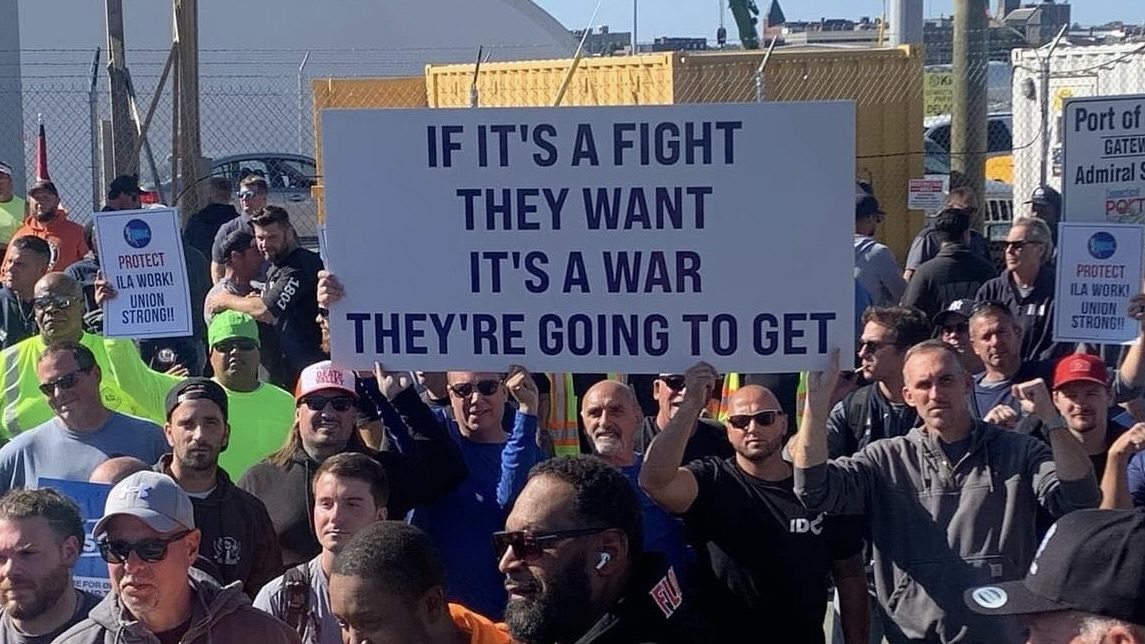


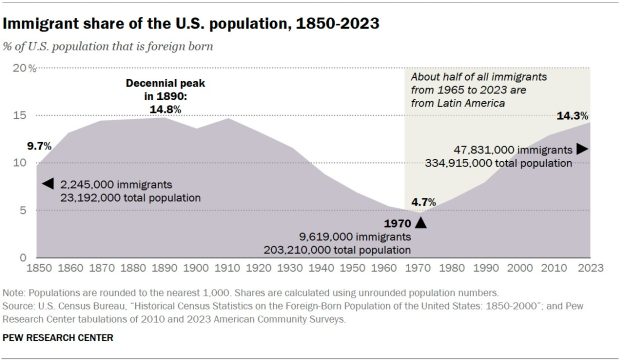
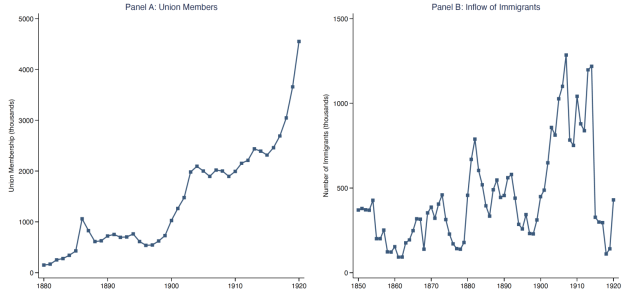
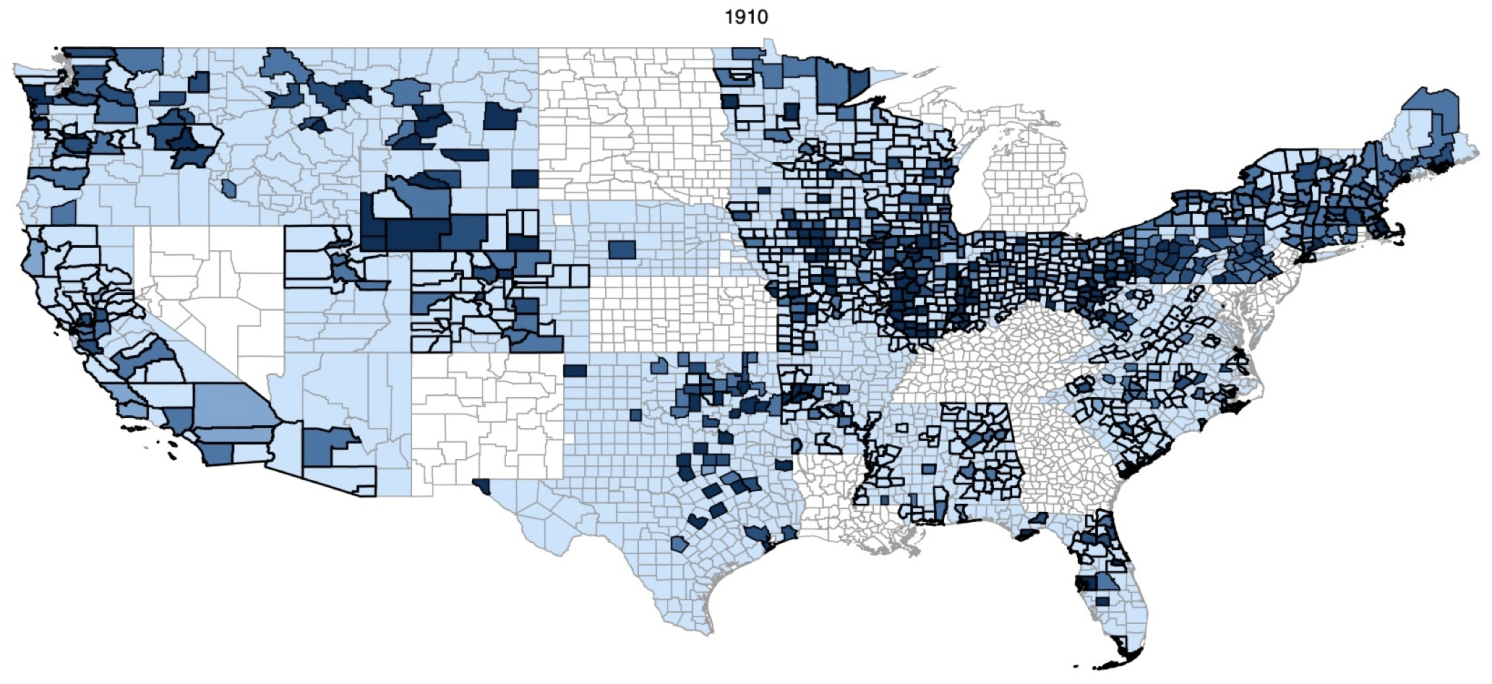
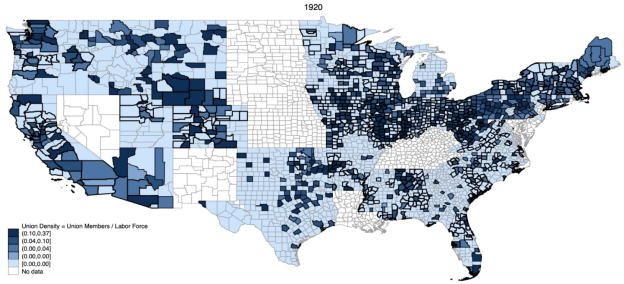
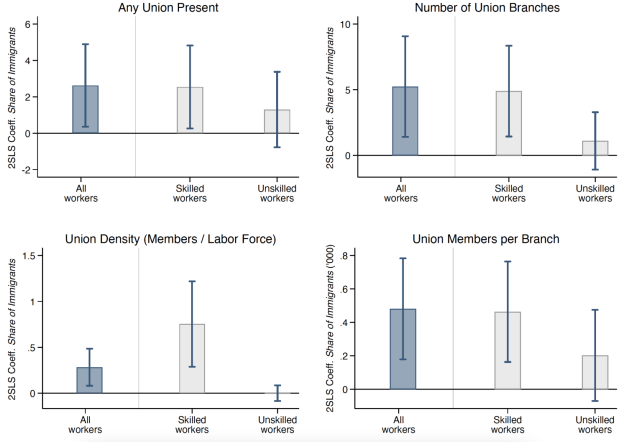
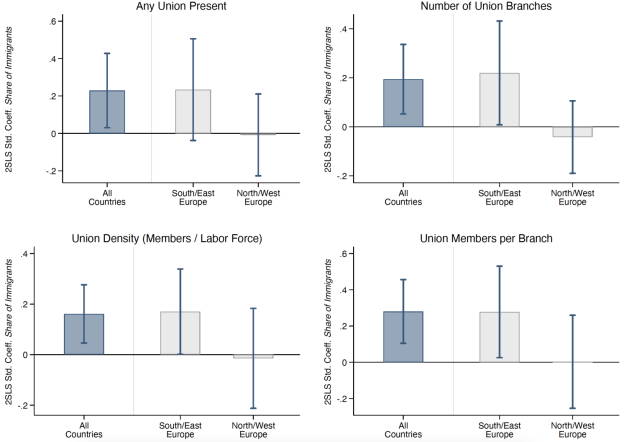
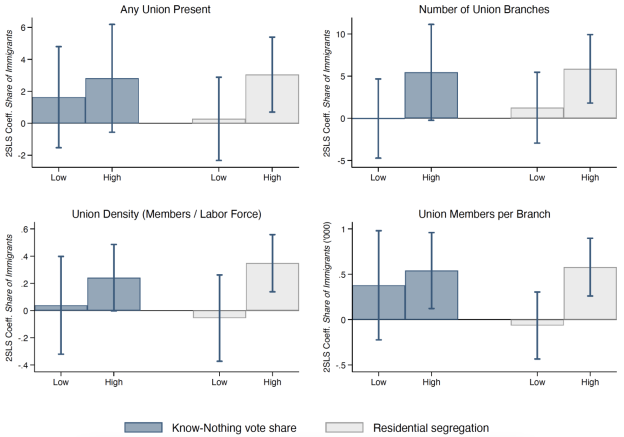
 Trump’s Government of Billionaires No Good for the Working Class
Trump’s Government of Billionaires No Good for the Working Class
























